For my Skeptics working group I wrote a program in Mathematica to test a dowser's ability to assess the status of persons shown to them by means of photographs. For a null measurement I distributed this document to my group's members in CDF form (the new v8 Computable Document Format, meant to be run with the CDF-player). On my computer (using mma) it all works fine, but the others can't export the data (the program does an export to an Excel file). On reading the fine print I see that the player doesn't support Export. So my question is:
Is there any way to get data out of CDF-player?


